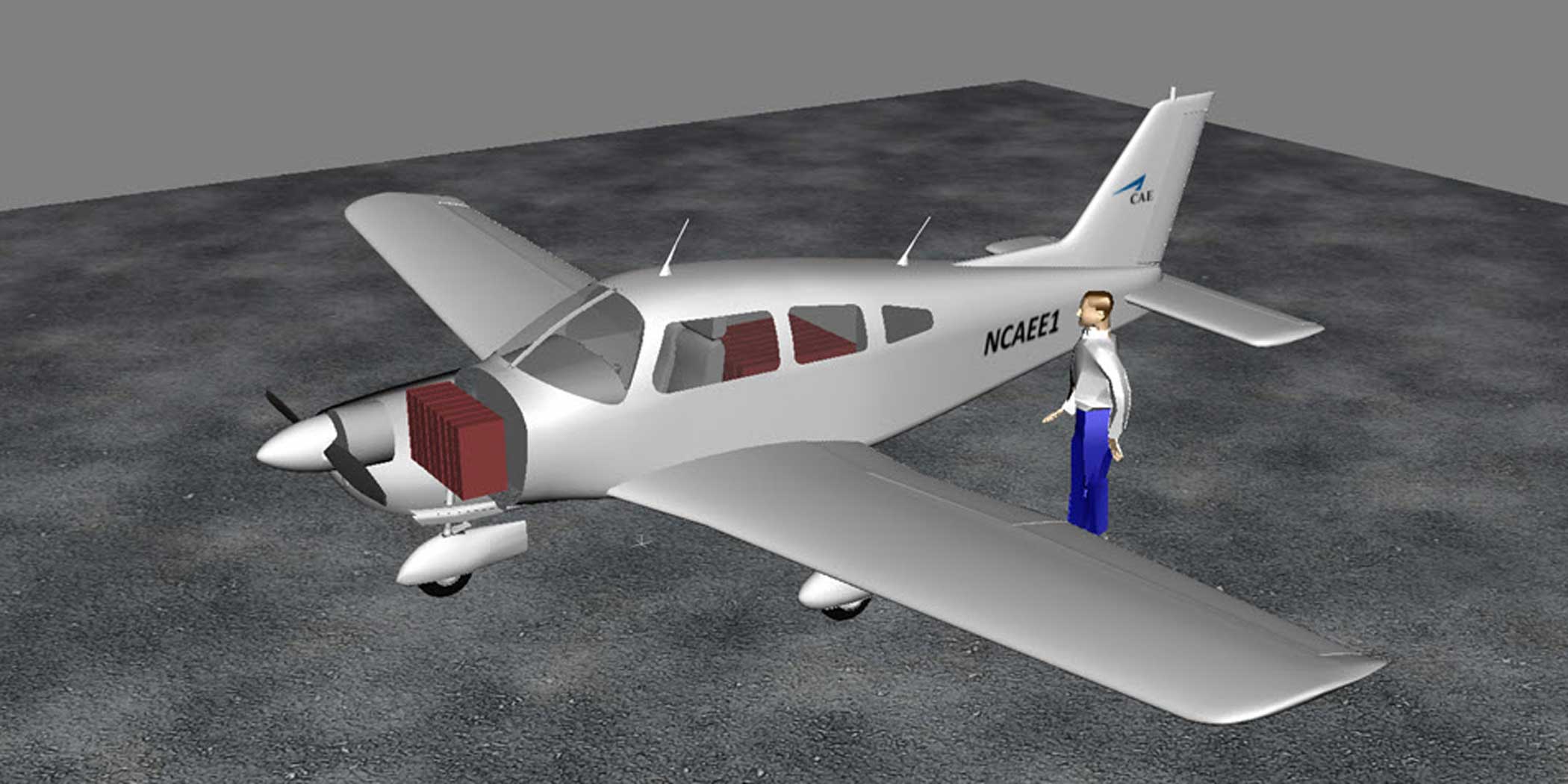Click Here to View This Page on Production Frontend
Click Here to Export Node Content
Click Here to View Printer-Friendly Version (Raw Backend)
Note: front-end display has links to styled print versions.
Content Node ID: 407439
Simulator manufacturer and training provider CAE is targeting virtual and mixed reality (VR and MR) technology for new training platforms, including its latest Sprint VR Trainer. The device includes physical stick, throttle, and rudder controls, CAE’s Medallion image generator, a VR headset, and haptic feedback for actuation of instrument panel equipment.
Sprint stands for Self-Paced, Real-time Insights for Next-generation Training, and it is designed to allow students to practice flying using a virtual coach and CAE’s Rise performance grading and assessment tools. Students can use the Sprint Trainer “to practice training tasks, procedures, and maneuvers in an affordable, high-fidelity, immersive environment to master lessons at their own pace,” according to CAE.

For military customers, CAE’s Mission Augmented Virtual Reality/Rear Crew Trainer (MAVRC) goes a step further with mixed reality (MR) technology employed in a physical replica of an aircraft fuselage. Designed to provide a realistic training environment for aircrew working in a helicopter’s cabin, the MAVRC allows crews to work together in a simulated outside environment that is presented on their helmet-mounted displays (HMD). The device includes working doors, a fully functioning ramp, flat and bubble windows, and cabin displays. Training scenarios that can be replicated include medical evacuation, search and rescue, surveillance, door gunner, and confined-area landings, according to CAE.
“The HMD projects the out-the-aircraft virtual world while allowing each crewmember to see everything existing inside the aircraft,” CAE explained. “Terrain, vehicles, weather, and high-fidelity scenarios all help ensure crewmembers are fully immersed in the training tasks.”
Pilots can be added to the training scenarios by coupling the MAVRC with a full-mission simulator or flight training device. CAE also offers the option of distributed mission operations, where the MAVRC can be “networked with other training devices for comprehensive and immersive mission training and rehearsal.”